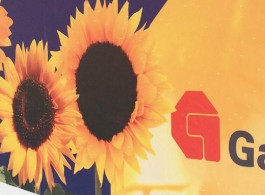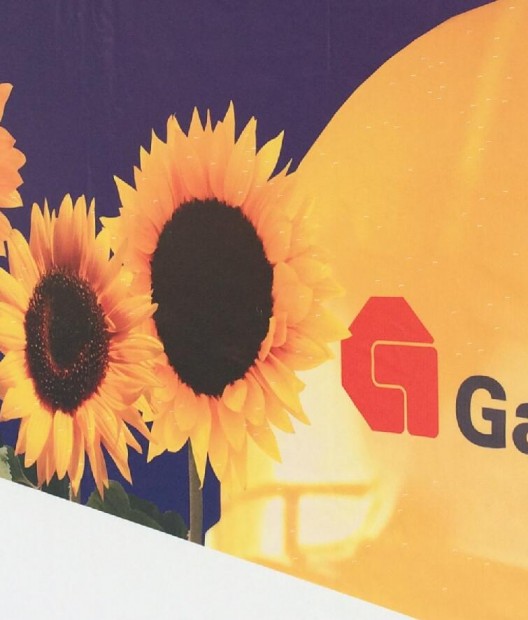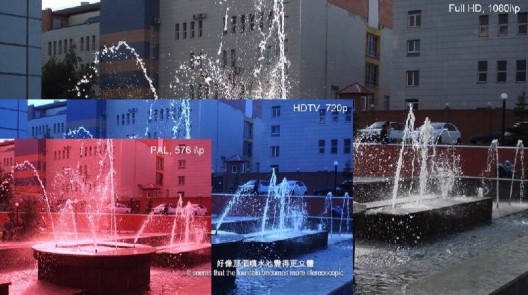As a conceptual tool devised for this exhibition, “Mimeticism” differs from Realismin that, while the latter embraces countless possible denitions and means ofrealisation, the former advances only along a narrow path. Mimeticism adheres toonly one technical standard: an enchanting realm of perfection towards which oneapproaches ever closer.
A well-known tale from antiquity recounts how Zeuxis and Parrhasius, twooutstanding Greek artists, decided one day to stage a contest to determine whowas the greater artist. Zeuxis rst unveiled his painting of grapes, the exquisitelikeness of which actually fooled the birds. Thinking the grapes were real, they oneby one swooped down to peck at the painting. Zeuxis beamed triumphantly. Nextcame Parrhasius, who invited everyone into his room where he had painted a largecurtain on the wall. Caught unawares, Zeuxis went in and asked, “Well, then, showme what you drew underneath?” As Zeuxis uttered these words, the greater artistwas determined. Zeuxis’ painting merely fooled the birds whereas Parrhasiusmanaged to deceive Zeuxis. This story informs us how the technical criterion of“mimesis” is purely biological and not preoccupied with conceptual thought.
The exhibition proposes the following notion – that inspiration virtually alwaysemerges on the path towards Mimeticism and that one is fortunately allowed tostray from this path. With this as the point of departure, Wang Wei and Ko SinTung’s oeuvres continually demonstrate how inspiration is sparked by suchdeviations from Mimeticism. Naturally, their work also frequently reveals all that islovely and good-natured with Mimeticism.
For Wang Wei and his generation of Chinese artists, Realism is certainly notunfamiliar. Wang Wei graduated from the Central Academy of Fine Arts in Beijing,the base of Realist pedagogy in the New China, long dominated by Soviet-inspiredAcademic Realism. The generation of artists prior to Wang Wei — the Chineseartists who rose to prominence in the 1980s — had long parted ways with“Realism” (which to a great degree was a version of Mimeticism) in order to free upthe methodology in their art and in their thinking. They engaged with new artisticforms such as abstract art, installation, performance art, videos, texts, amongothers. In contrast, Wang Wei along with his generation more consciously realisethat while it was necessary to veer away from Mimeticism, something else is nowneeded. Realist art pedagogy in China merely stays at the level of technicaltraining, without delving further into reality; meanwhile, the intoxicating powers ofFormalism (however contemporary it may be) are certainly no less than those ofMimeticism. For Wang Wei, the most pressing task of art is to return to Reality, buthe is in no rush to discover new artistic forms. Instead, he seeks to intervene intonew social realities with the various languages of contemporary art.
Thus Wang Wei devotes himself to the observation of reality, continually probingthe cracks and edges of a commonsensical reality. He observes what is mostignored in the landscape of the everyday and takes up the critical judgement ofordinary people — a judgement derived from people’s most unadorned intuition inorder to gradually construct the countenance of a vast and complex world withoutany “centrisms” — a world which we inhabit. Such is Wang Wei’s core subject —which incidentally is also the particular characteristic of our age.
For this exhibition, Wang Wei takes on two particular forms of imagery: mirrorimages and mosaics. The mirror image is, in fact, the ideal sought by Mimeticists,and additionally is a common method in Realist art (one can observe how Realistmasters from the Central Academy of Fine Arts would paint a Realist oil paintingfull of complex mirror images, just in order to vaunt their superior mastery oftechnique). Yet, Wang Wei’s mirror images have at least two distinctive aspects.First, he chooses not to reect any “interesting” scenes; instead, he ofen picks upon only one aspect from what the exhibition venue looks like. Second, his mirrorimages are not mimetic; he merely produces a derivative copy of a “real image”with cheap mosaics. His aim is to have people nally discover that what the workreects is thevery space they are in, and thereby get them to pay attention to and reect on the space anew.
In contrast to Wang Wei, Ko Sin Tung did not receive a Realist art education. Yet Ko Sin Tung, born and raised in Hong Kong, is equally concerned with how art deals with reality, much like artists from her own generation and before. Such concerns — in an environment like Hong Kong where art is continually hemmed in by commerce and utilitarianism, and where social conditions have uctuated over the long term — most naturally appear especially pressing. Much like Wang Wei, Ko Sin Tung’s point of departure is to observe the world around her. The imagery she employs comes for the most part from everyday life, while the focal point she recounts happens to be the inspirational revelation uncovered in a wide array of everyday appearances.
In this exhibition, Ko Sin Tung will produce a series of related works: she will paint on the warning lights that ordinarily remind us to be aware of road safety the same “protective colour” as on the walls, thus conferring to them an entirely opposite role. She will also present a ready-made advertisement promoting work safety with superimposed images of safety helmets and sunowers, while the only thing connecting the two might be the virtually identical yellow; the colour imparts the painting with an eerie harmony. Additionally, she documents how traditional road lighting has switched to LED lighting. In theory, with this half-sorrowful elimination of incandescent lighting, the new lights will illuminate the streets all the more clearly — and hence more “mimetic”. Finally, on two high-denition TV (HDTV) screens, which are utterly commonplace today, she plays two videos about standard denition. This gesture, imbued with a sense of evolution, very directly spells out the simple and satisfying strides onwards along the path of Mimeticism.
Edouard Malingue Gallery (Shanghai) will open the dual exhibition “Muse for a Mimeticist — Wang Wei and Ko Sin Tung”, providing the rare chance to connect two artists with relatively different backgrounds: while both carry along and extend their creative threads, they equally comment on and further each other’s practices.





